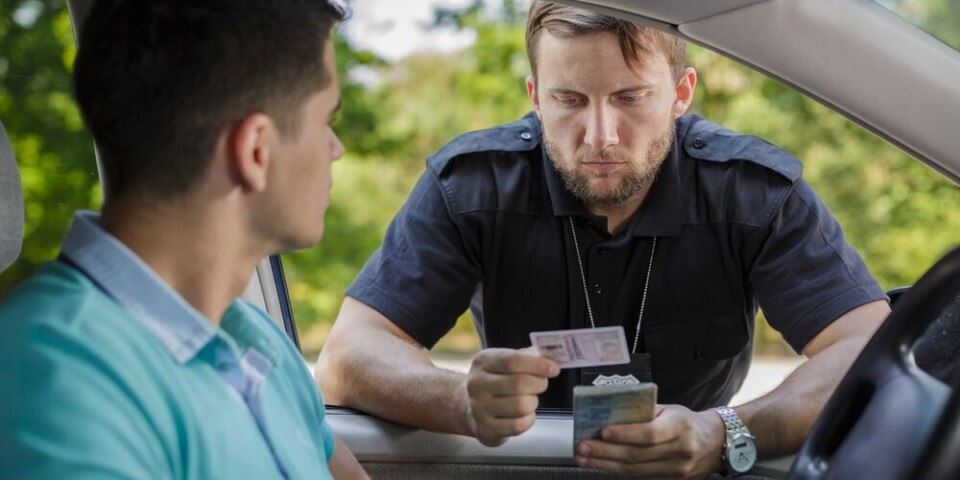The iPhone wallet and its contactless payment system, Apple Pay, have long suffered from limited compatibility with bank cards and transportation systems in France but there are signs that this is changing.
A July 11 ruling of the European Commission accepted Apple’s offer to open up its contactless payment system to rival companies or else pay a fine amounting to 10% of its worldwide turnover.
The Commission had previously fined Apple €1.8billion in an antitrust case in March.
The outcome of the two-year case, which follows the EU’s Digital Markets Act, should ensure that the company’s technology is made available to rival services that use its devices.
"Apple has committed to allow rivals to access the 'tap and go' technology of iPhones. Today's decision makes Apple's commitments binding," EU competition chief Margrethe Vestager said in a statement.
"From now on, competitors will be able to effectively compete with Apple Pay for mobile payments with the iPhone in shops. So consumers will have a wider range of safe and innovative mobile wallets to choose from," she said.
The ruling should mean that more contactless payment solutions will become available on iPhones in the near future.
Apple Pay and French bank cards
Before the ruling, Apple Pay and the Apple wallet were the only contactless solutions available on iPhone, however they have had limited compatibility with French banks and payment platforms.
Several French banks are developing a pan-European instant payment option, called Wero, and have poured money into the international consortium developing the system,which should work on Android and iOS devices.
However, Wero, which finally launched in July, has been hit by numerous setbacks and is so far only compatible with cards from five banks, which are all in Belgium and Germany.
The delayed system is forcing banks to reconsider using Apple’s system, which is fully operational but requires commission payments.
Only two French banks have consistently allowed customers to use Apple Pay: Crédit Agricole (regional branches) and Société Générale.
Other banks do let customers use it, however frequently withdraw access to the system due to Apple’s high fees.
Unlike in other countries, Apple has no list of banks in France that can use its systems.
Read more: Contactless bank card payments over €50 authorised in France
Paying for Paris transport with an iPhone
After several years of negotiations, Apple users can pay for Paris transport tickets via Navigo.
The president of the Ile-de-France region, Valérie Pécresse, held a ceremony at a metro station just outside Paris to launch the service in May, boasting that Navigo “is the first in Europe” to be accepted by Apple for a transport payment system.
The Ile-de-France region, which runs the Navigo system, had initially baulked at the commissions Apple was asking for to unlock the antenna in iPhones which allow near-contact payment.
The agreement was finally reached after two years. It was then challenged by unions and data protection groups, and had to be verified by the prefet before it could be signed.
The finalisation of the deal then took longer than expected for the IT department at Navigo, which had to adapt its payment system to Apple’s standards.
Read more: Fraudsters target bank cards in your pocket in new scam in France
How to get use Navigo on an iPhone
Only iPhones with the latest iOS operating system (iOS17.5.) or iPhone X (10) and later or second and third generation iPhone SEs can use Navigo.
The latest iPhone is the iPhone 15.
Getting and using the Navigo card is easy once the operating system is installed.
You need to open the ‘Wallet’ app on the iPhone, and then touch the black and white + sign in the upper right-hand corner.
You then touch the ‘Travel Card’ option and find the Navigo card, usually at the top of the list if the telephone is being used in France.
Touching the card brings you a menu of the various card offers and their prices, including the popular 10 ticket ‘carnet’ costing €17.35.
Users can pay for the tickets with bank cards stored on the phone or through Apple Pay.
Not all Navigo schemes were available at the launch.
T+ tickets for bus, metro and RER trains within Paris were available, as were tickets for RoissyBus and OrlyBus to and from the main airports, as well as daily rates.
Olympic games travel tickets, costing more, could also be bought.
Weekly and monthly subscriptions could also be bought through the Ile-de-France Mobilités app, already used to recharge Navigo cards.
But annual Navigo subscriptions, nor the youth option Imagine R are not available, neither are tickets outside Paris or the Navigo Liberté + offer.
Ms Pécresse said IT developers were working on including these offers and that they should be ready in 2025.
A test of the system using a second generation iPhone SE showed it worked fast and smoothly.
Using the iPhone Navigo card, should help travellers – not only do they not have to pay the €5 to get a physical Navigo card, but they can also avoid the crowd resembling poorly refereed rugby mauls which form around metro cash desks and ticket machines, especially on the first Monday mornings of a month.
Navigo will have to pay Apple “several hundred thousands euros a year” to use the system, said Ms Pécresse, but hopes it will cut demand for new ticket machines - one of the most expensive parts of the €700 million annual running cost of the Paris transport ticket system.




























